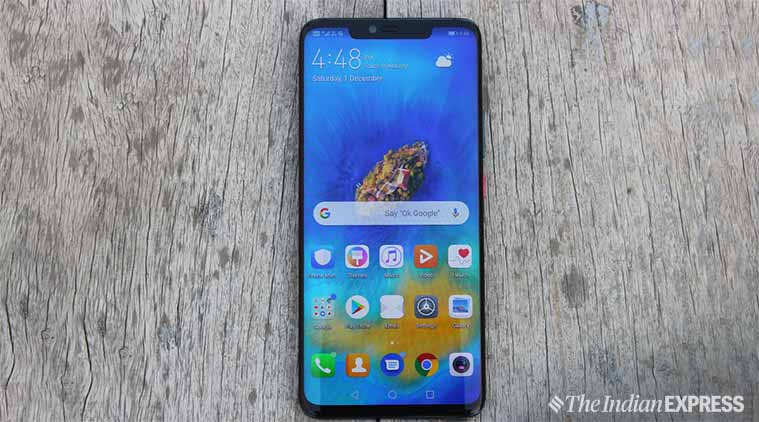More trouble for Huawei as Google says the Mate 30 can’t run its services or Play Store
A Google spokesperson told the news agency Reuters that the upcoming Mate 30 Pro can't be sold with the licensed version of Android or services due to US ban.
 The Mate 30 Pro will be the first flagship device since the US Commerce Department blacklisted the Chinese tech giant from doing business with American companies. (Image of Mate 20 Pro for representation)
The Mate 30 Pro will be the first flagship device since the US Commerce Department blacklisted the Chinese tech giant from doing business with American companies. (Image of Mate 20 Pro for representation)
Don’t expect the Huawei Mate 30 Pro to run Google’s core services and apps such as Gmail and YouTube. A Google spokesperson told the news agency Reuters that the upcoming Mate 30 Pro can’t be sold with the licensed version of Android or services due to US ban. That being said, Huawei can launch smartphones running on an open-source version of Android that’s freely available.
The Mate 30 Pro will be the first flagship device since the US Commerce Department blacklisted the Chinese tech giant from doing business with American companies. Last week, the US government granted the Chinese company another 90-day reprieve to do business with American companies such as Google, Qualcomm and Intel. That 90-day extension will allow Huawei to provide software updates to its existing smartphones.
Huawei has already developed its own HarmonyOS (the company likes to call a Plan B) that will work across multiple devices, including smartphones. But the company does not want to launch phones running on HarmonyOS yet. The company does have an option to launch phones running on an open-source version of Android. For example, Amazon’s Fire tablets run on Fire OS, a custom user interface on top of an open-source version of Android. But the tablet lacks access to core Google services and apps such as Maps and YouTube.
A lot is riding on Huawei. the world’s second-largest smartphone maker. Without the Google Play store and popular apps, no one will buy the Mate 30 Pro outside of China, where the company has both market share and brand presence.
According to the report, Huawei is expected to launch the Mate 30 lineup on September 18 in Munich, but it’s not clear when the devices will go on sale. The Mate 30 Pro, alongside the Mate 30 will compete against the likes of iPhone 11 Pro, Pixel 4 and Galaxy Note 10+. Out of the two, the Mate 30 Pro is likely to have a dual-curved display and four rear-facing cameras housed in a circular setup.







